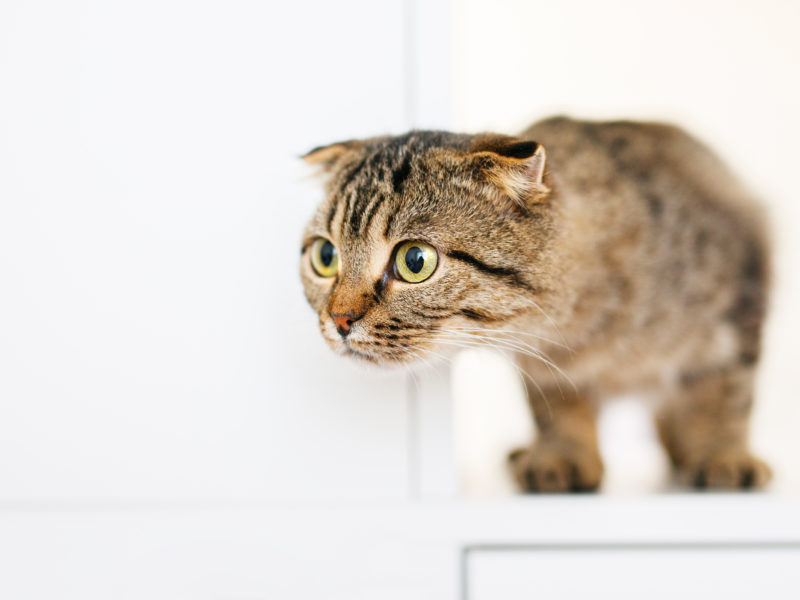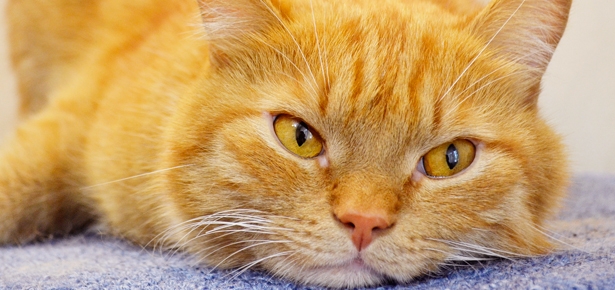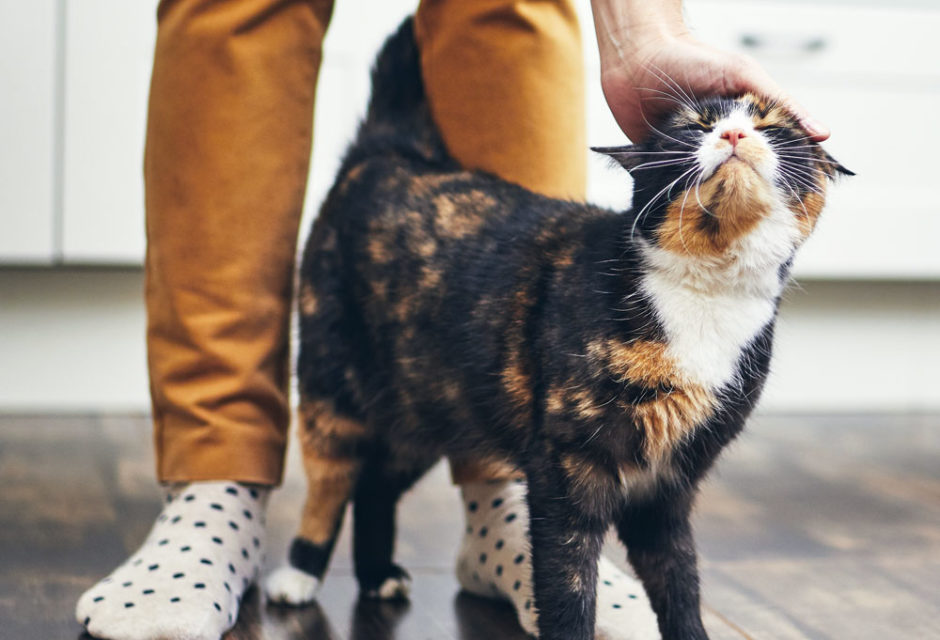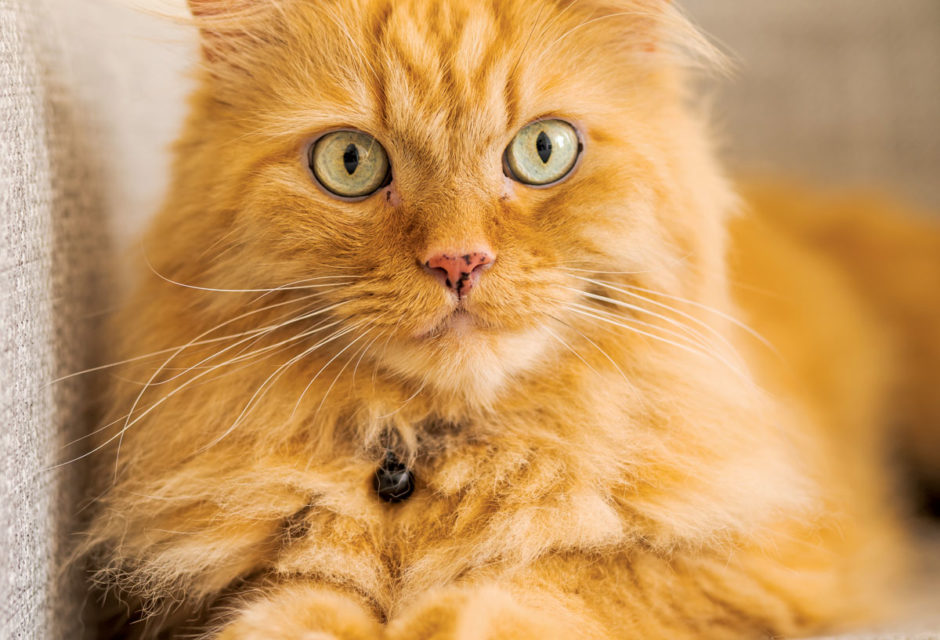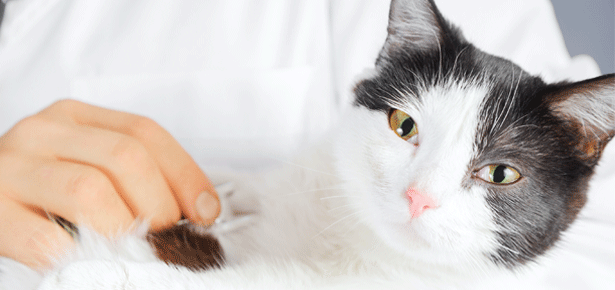

Your Cat May be at Risk of Feline Leukemia
Learn what Feline leukemia is and how to prevent it
Feline leukemia virus (FeLV) is a relatively common infection in cats. Approximately two to three percent of the United States’ feline population is infected with the virus, but symptoms are not always evident. Vaccinations may help protect your cat against FeLV, but your understanding of the virus is also essential in defending your cat’s health.
FeLV is a worldwide infectious agent that has a substantial impact on feline health. The virus is the most common cause of cancer in cats and it can also lead to blood disorders and immune deficiencies. While healthy cats can normally fight off everyday bacteria and viruses, cats that are infected with FeLV can develop severe illness from common microorganisms. A weakened immune system hinders a cat’s ability to fight off other infections, which can lead to some of the diseases associated with FeLV, such as anemia.
Although the number of FeLV cases is dropping in the United States due to proper vaccinations and improved testing protocols, the virus is still a significant problem in this country. Dr. Audrey Cook, associate professor at the Texas A&M College of Veterinary Medicine & Biomedical Sciences, explained how FeLV spreads. “The virus is present in saliva and we think that most cats are infected during grooming activities or by sharing food and water bowls,” she said. “It is also spread by biting and unscreened blood transfusions. Unborn kittens can also pick up the virus during gestation if the mother is infected. Fortunately, the virus is essentially unable to live in the environment for more than a few minutes, and is quickly killed by heat or disinfectants.” Cook added that most veterinarians recommend testing new cats for the disease before allowing them to come into contact with other household cats.
Though the signs associated with FeLV vary, fever, poor appetite and weakness are often the most common symptoms. Since cats can be asymptomatic for weeks, months, and even years after contracting the disease, routine testing is recommended even in apparently healthy cats. Cook recommends that kittens are tested on their first visit to the veterinarian. If an in-house test for FeLV is positive, another test should be performed through a reference laboratory to confirm the results.
Following exposure to the virus, some cats may manage to avoid infection. A second group will be transiently infected but manage to mount an effective immune response and clear the virus. There is some evidence that even transient (also called regressive) infection may damage DNA and predispose cats to cancer in later life. The third subset of cats will remain persistently infected. They will shed the virus and are likely to die within a few months of FeLV-related diseases such as anemia or cancer.
In order to prevent your cat from contracting FeLV, Cook recommends limiting the cat’s exposure to other cats and consistent vaccination. “The virus is primarily spread by intimate cat to cat contact, so keeping your cat inside will prevent exposure. If your cat goes outside, it would be wise to consider vaccination against FeLV,” she said. “The vaccine is generally helpful but it is not sufficient to protect a cat that lives with a FeLV infected animal.”
Healthy cats that live with infected cats have a high level of chronic exposure to the virus, making them more susceptible to contracting FeLV. Housing your cats in separate areas of the house will decrease the chance of the virus spreading among your furry friends. It is also important to keep in mind that, unfortunately, many cats are not diagnosed until they have lived with other cats. In this case, all other cats in the household should be tested for the virus.
Although FeLV is a common virus in cats, limiting your pet’s exposure to other cats and routinely vaccinating for the virus will prevent the spread of the disease. Remember to test all new cats before allowing them into the household, even kittens. In order to protect your cat’s health and quality of life, be sure to understand FeLV and consult your veterinarian if you suspect your cat has come into contact with an infected cat.
Join the newsletter and never miss out on cat content again!
"*" indicates required fields
By clicking the arrow, you agree to our web Terms of Use and Privacy & Cookie Policy. Easy unsubscribe links are provided in every email.






